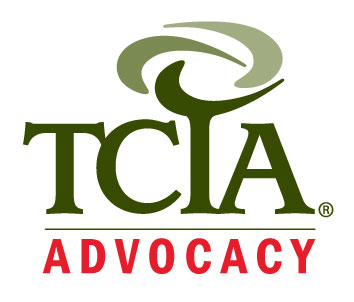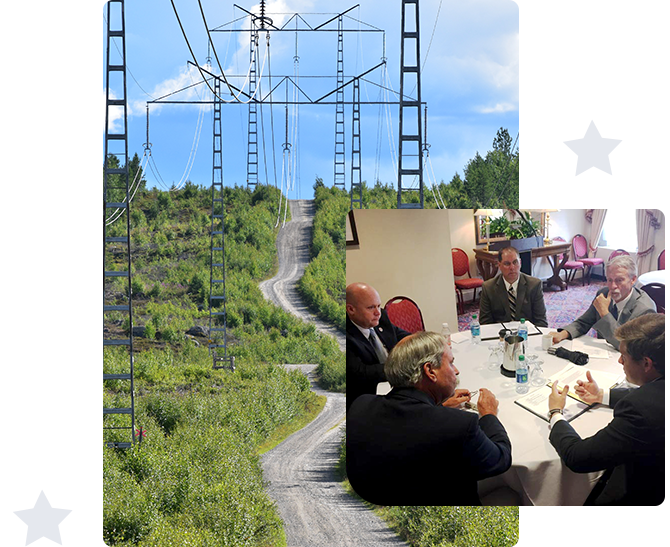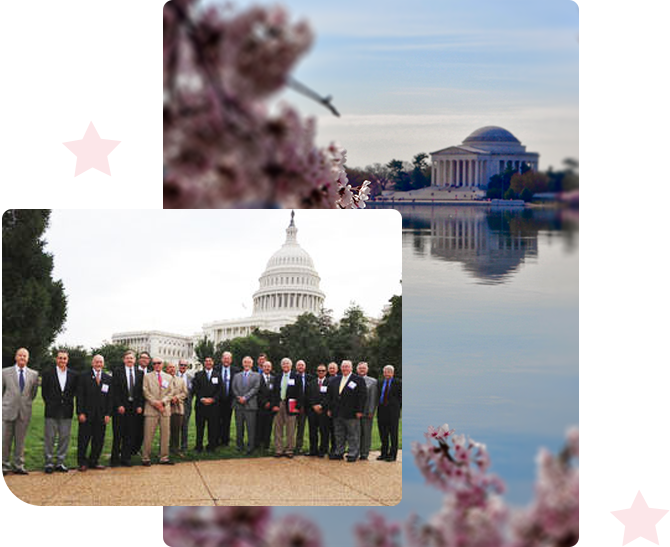Join our efforts to advance the Tree Care Industry today!
TCIA Advocacy serves as a resource hub for tree industry professionals and interested parties to learn about relevant issue areas, engage in policy reform, and garner awareness of industry-specific updates from Washington, DC.
Social Media
Social Media
Whether you’re a business owner or a subcontracted tree care professional, this presentation will... provide an insight into the world of utilizing collaborative business relationships to benefit both parties. Eric and Aaron will present from their own perspectives and experiences about both sides of the contractor-subcontractor relationship!
Join us at TCI EXPO 2024 this year in Baltimore, Maryland to hear Eric and Aaron along with 54 other tree care industry leading experts! Get access to a variety of sessions, and a world class tradeshow floor with more than 280 exhibitors! Link in bio for more info!
It's Sponsor Sunday! Every Sunday leading up to TCI EXPO 2024 in Baltimore, MD, we will be ...featuring an interesting fact or history about one of our valued TCIA Annual Sponsors! Here is something you may not have known about AP Equipment Financing!
"AP Equipment Financing has helped thousands of arbor companies grow their business. Our arbor experts have financed millions of dollars of arbor equipment including: trailers, stump grinders, bucket trucks, chip box trucks, chippers, aerial lifts and many other machines."
TCI EXPO is only a few weeks away! Make sure to register! Link in bio!
#tcia #treecareindustry #TCIMagazine #Arborist #Treecare #TreeCareIndustryAssociation #CTSP #ArbNation #TreeClimber #fyp #InstaDaily #People #DailyNews #News #TreeSurgeon #TCIExpo2024 #TCIExpo24 #TreeCareConference #History #FunFacts
The Arborist Safety Training Institute (ASTI), as part of the Tree Care Industry Association ...Foundation, provides grants to help fund half or full-day tree care safety training workshops that can be presented locally and at a reasonable cost to participants.
By applying for a grant to host a workshop, you can bring quality training to working arborists who will take their safety seriously, help minimize deaths and injuries and promote overall workforce safety critical for the tree care industry.
Submit grant applications by NOVEMBER 1ST, to qualify for our next quarterly grant application review period.
#TCIAF #ASTI #ArboristSafety #TCIA #TreeCareIndustry #SafetyFirst #ArbNation #TreeCare #Arborist #TreeClimber #Training #Grant
It’s always easier (and safer) to address hazardous trees *before* construction, but ...unfortunately, that doesn't always happen. Recently, the author was called in to remove a dangerously dead 70-foot eastern hemlock left standing over a brand-new septic system. With careful planning, strategic rigging and teamwork, they safely took down the tree without damaging the leach bed—saving the homeowners the extra expense of a crane. Proactive planning could save both time and money.
Link in bio for full story!
#tcia #treecareindustry #TCIMagazine #Arborist #Treecare #TreeCareIndustryAssociation #CTSP #ArbNation #TreeClimber #fyp #InstaDaily #DailyNews #News #TreeSurgeon #B2B #Rigging
The Tree Care Industry Association (TCIA) is a trade association of 1,700 tree care firms and affiliated companies worldwide and was established in 1938 as the National Arborist Association.
Our mission is to advance tree care businesses. TCIA develops safety and education programs, standards of tree care practice and management information for tree and landscape firms around the world. We provide continuing education, training, conferences and publications to promote the safe and appropriate practice of tree care.
Since 1938, TCIA has been working to elevate the standards of commercial and utility tree care. TCIA supports, promotes and educates our members so that they may be more successful in their activities and the environment in which we live will be significantly improved.









